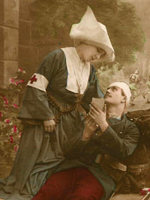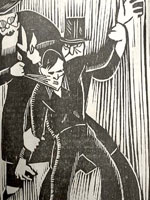Fort Churchill State Historic Park [NV]
Fort Churchill was once an active U.S. Army fort. Built in 1861 to provide protection for early settlers, it was abandoned nine years later, and today the ruins are preserved in a state of arrested decay. A visitor center displays information and artifacts of the fort's history. The Pony Express and the Overland Telegraph once passed through this area. Nearby is Buckland Station, a Pony Express stop, supply center, and a former hotel built in 1870.
The site offers exhibits.

